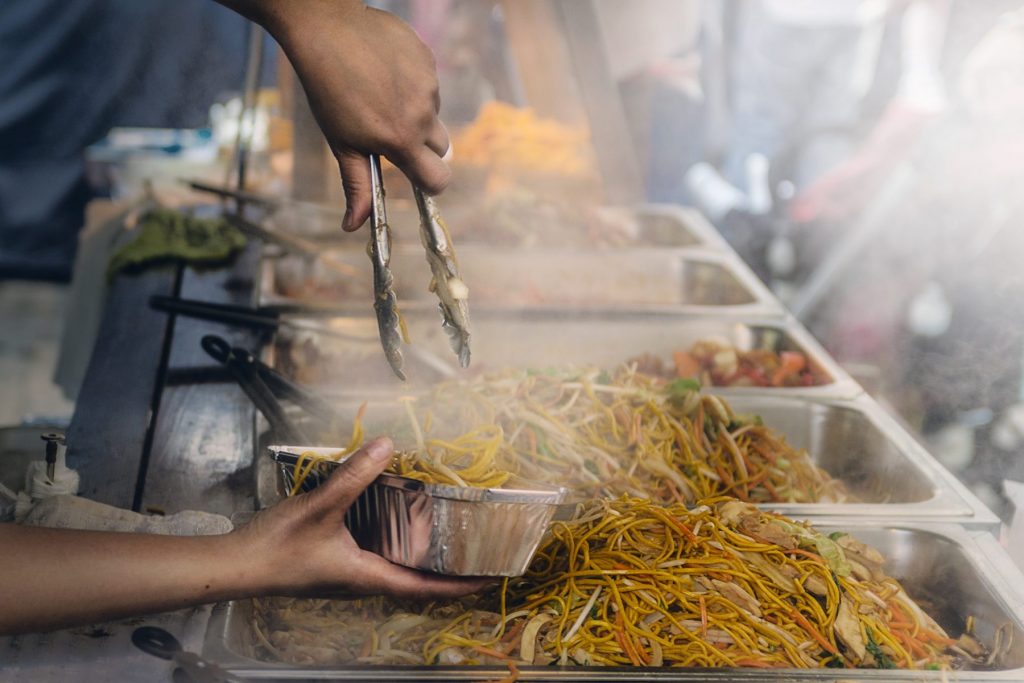 Entomophagy – it’s such a big word for eating something so small. How small? Well, bug-sized small. Although the idea of eating insects sounds disgusting to most, it’s actually a common source of protein for many communities around the world.
Entomophagy – it’s such a big word for eating something so small. How small? Well, bug-sized small. Although the idea of eating insects sounds disgusting to most, it’s actually a common source of protein for many communities around the world.
Eating Insects is the future of food? Are Edible Insets the next Superfood? In some cultures, insects are a prized delicacy and can even fetch higher prices than meat. Walk through the night markets of Thailand and you will find deep-fried crickets and worms on sale, and people actually eating them. Mexico has its smokey gusanos (beetle larvae), tangy chapulines (grasshoppers) and buttery escamoles (ant eggs).
There are actually over 2,000 species of edible insect, each with their own taste and texture. Insects are also high in lean protein and also more easily available than big game.
Thanks to today’s mainstream food scene, eating insects is seen as grotesque. Yet, there are also the culinarily curious who are willing to try it. So why the sudden surge in interest in edible insects?

We can thank a couple of celebrities for that. Last year, Angelina Jolie had casually said during a trip to Cambodia: “You start with crickets and a beer, and you then kind of move up to tarantulas.”
Then there was Justin Timberlake serving ants coated in black garlic and rose oil, and grasshoppers at his “Man In The Woods” album launch.
There’s also the environmental angle where eating more insects rather than conventional meat sources leaves a smaller carbon footprint in its wake. Farming and processing animal livestock is destroying the natural environment. The emission of tonnes of carbon dioxide is wreaking havoc on our atmosphere. One cow alone releases between 70kg to 120kg of methane (a greenhouse gas) per year. Cricket farming, on the other hand, releases about 75% less carbon and use less than half the amount of water. Although there aren’t many studies to support these claims, who wouldn’t want a way to reduce their carbon footprint and become a friend of Mother Nature?
Then there’s also the fact that traditional cattle farming requires vast amounts of land, which has led to the clearing of forests and jungles. Combine that with the effluents released into our waterways, and you have the makings of a very polluted environment. Not to mention the lower quality beef due to all the hormones and antibiotics being injected to keep the cattle healthy.
 All of the negative effects of livestock farming has caused interest in insect farming to expand in recent years as farmers can also produce more food for less cost.
All of the negative effects of livestock farming has caused interest in insect farming to expand in recent years as farmers can also produce more food for less cost.
Now, how do you get your hands on these creatures to turn them into tasty morsels? Every country has a few native insect species that are safe for consumption. A safe bet is bee larvae. If you happen to know a beekeeper, by all means, ask them for a sample. You might be surprised what they taste like when fried with a little butter and salt.
Alternatively, you could give crickets a distinctively Thai flavour and fry them with lemongrass. Hey, if healthy native communities have been consuming them for centuries, there’s no harm in turning insects into your next tasty and tantalising tidbits.
 Look out for amazing opportunities and contacts at SuperFood Asia 2019. The world’s top F&B suppliers and buyers will descend onto Singapore for this showcase event. It is the perfect occasion to network and connect with the F&B industry game changers. Fast forward your business here!
Look out for amazing opportunities and contacts at SuperFood Asia 2019. The world’s top F&B suppliers and buyers will descend onto Singapore for this showcase event. It is the perfect occasion to network and connect with the F&B industry game changers. Fast forward your business here!
